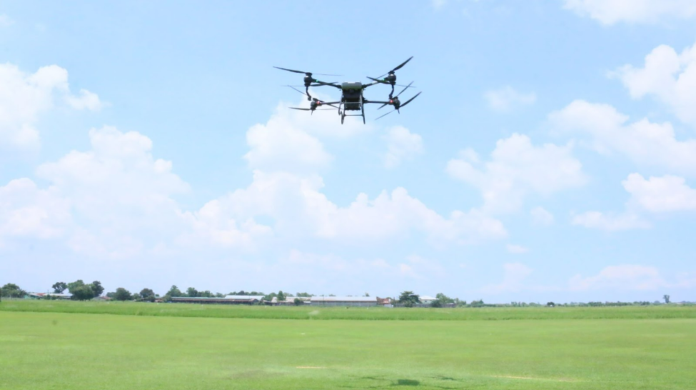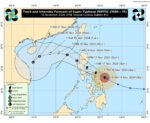The Fertilizer and Pesticide Authority (FPA) is stepping up its efforts to integrate drones into Philippine agriculture, launching a comprehensive set of guidelines to ensure the safe and effective use of drones for farming. As part of the Department of Agriculture’s Drones4Rice project, the FPA is developing standards for drone applications in rice farming—covering everything from seed planting to pesticide spraying. The initiative seeks to promote precision agriculture tools, reduce regulatory bottlenecks, and scale up drone adoption, which is seen as key to cutting production costs and attracting younger generations to the farming sector.
The FPA recently issued Memorandum Circular No. 25, enhancing the regulation for pesticide application via remotely piloted aircraft systems (RPAS). This new framework aims to balance innovation with environmental and public health protections. It will be mandatory for drone operators, pesticide companies, and other stakeholders to follow these guidelines, ensuring safe and sustainable use of drone technology in the agricultural sector.
A key part of this initiative will be the dissemination of these guidelines through an information caravan across the country’s rice-producing regions, beginning with Regions XII and III in 2024. The Drones4Rice project also aligns with the DA’s Masagana Rice Industry Development Program, which seeks to modernize the rice industry and reduce its environmental footprint. By embracing drones, the Philippines aims to enhance productivity, attract tech-savvy youth to the field, and help the country’s rice sector remain competitive in a fast-evolving agricultural landscape.
This initiative is also part of broader efforts to explore the socioeconomic benefits of precision agriculture, including improved sustainability and reduced carbon emissions in rice production. Through collaboration with various agencies and institutions, the project sets the stage for a digital transformation in the nation’s rice farming sector.







